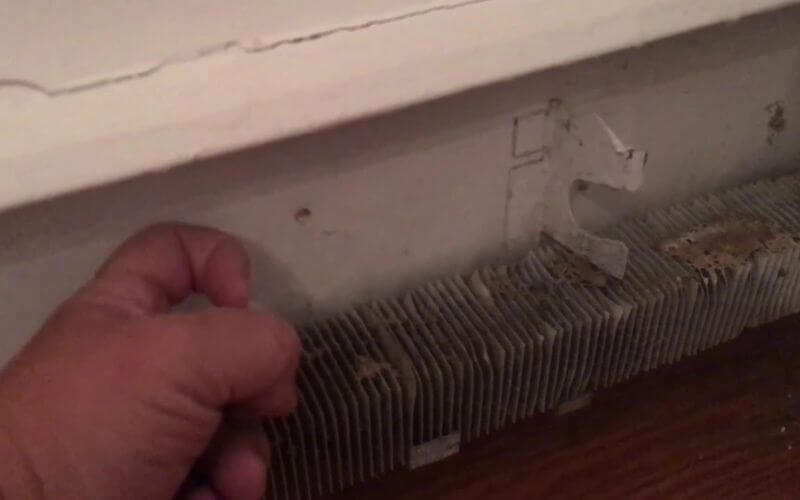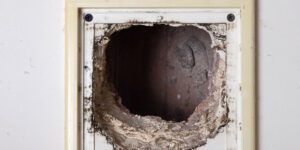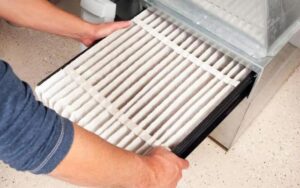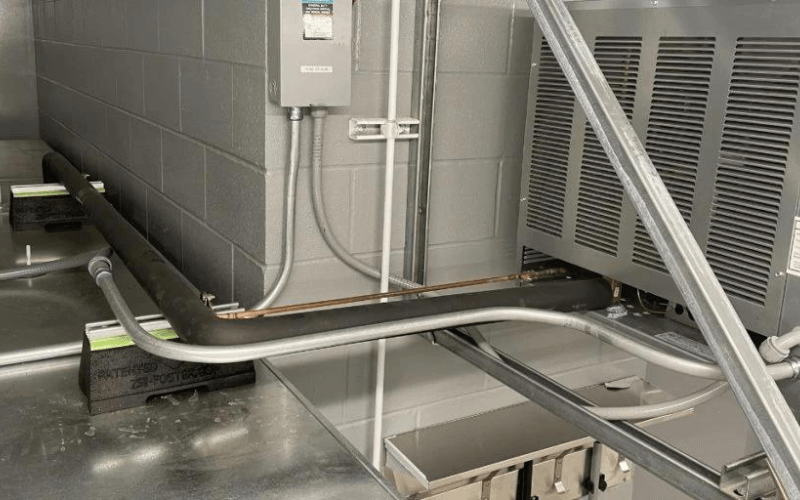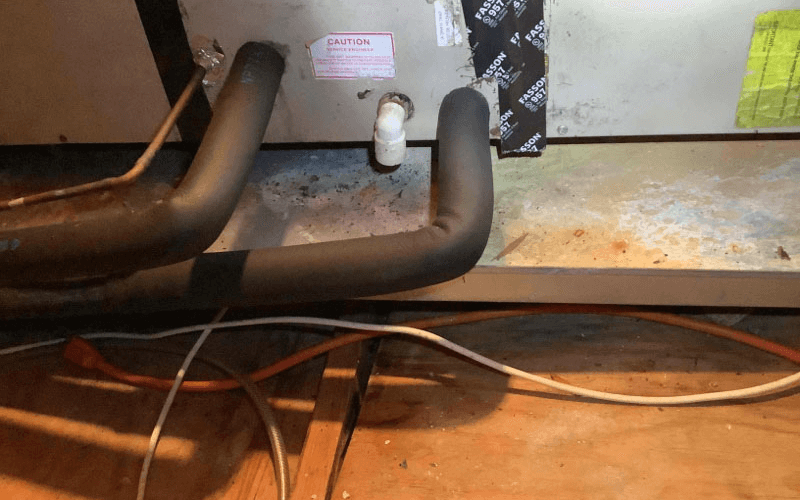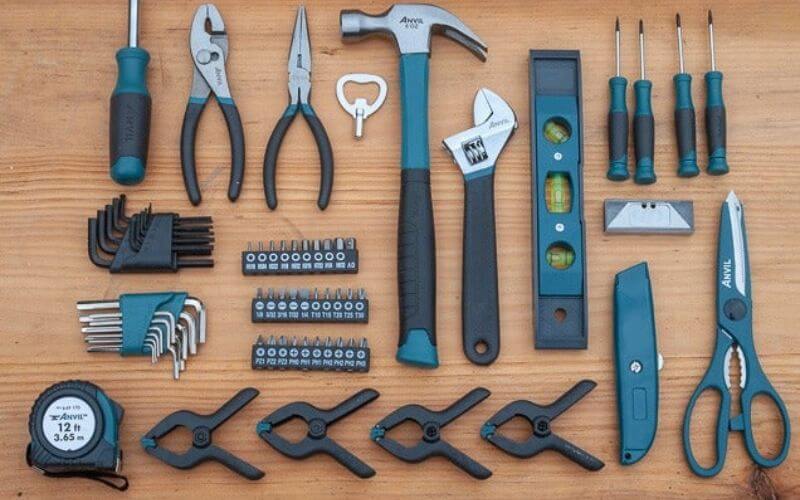It can be a good idea to get rid of any outdated baseboards if you live in a house with them right now. You might be asking how to take out a baseboard heater. You don’t need to hire a pro or pay a high up-front cost to remove the baseboard yourself. However, a new heating system can be installed by a professional if necessary.
It’s astonishing that some homes still have these radiant baseboard units despite significant thermodynamics advancements since homeowners cannot remove them. A new system’s setup may be excessively pricey.
This article describes all the replacement possibilities, how simple it is to remove the baseboard heating system, and how much it will cost to replace it. Let’s get going.
Table of Contents
ToggleHow to Get Rid of Baseboard Heaters:
1. Gather Necessary Tools and Equipment
Before beginning the removal process, gather all of the necessary tools and equipment:
Screwdriver: For removing the screws that keep the baseboard heater in place.
Pliers: Used to disconnect electrical connections.
Wire cutters: Used to cut wires safely.
Wrench: If the baseboard heater is hydronic, use a wrench to loosen and detach the pipes.
Tape: Use tape or labels to mark and identify wires for simpler reinstallation.
Gloves and safety glasses: Used for protection.
Also check: Why Does My Space Heater Keep Shutting Off?
2. Turn The System Off:
Turning the knob to the off position, turn off the Baseboard Heater controlled by the home fuse box. On earlier Switch systems, this can be problematic, so use caution.
3. Remove Your Heating System’s Screws:
Remove the baseboard heater’s screws with a screwdriver or drill to reveal the wall behind the panel.
4. Take The Heater Out of The Wall:
Remove the heater unit from the wall slowly. Aim to avoid ruining the walls or the paint in the process. Slide the unit with a flathead screwdriver or knife. They could require an extra hand to help with the process, so you might wish to enlist someone’s assistance. It is not advised to use a pry bar because it can scratch the wall’s paint.
5. Open The Wires:
To open the connecting panel, unscrew the little box at one end of the skirting heater. Of course, you don’t want this to be your last job, so double-verify that the power is off. A multimeter can be used to check the current flow as well. Remove the nut from the old wire by flipping the panel over.
6. Cut The Wires:
Use wire cutters to cut the wire. Try to disconnect from the heater as precisely as cautiously as you can. Ensure to secure the exposed wire with electrical tape and cover it with a wire nut.
Gather all wires in one place. But be certain that the points are evenly spaced. When you’re ready, you can use this to reconnect the new heater.
7. Add a Transient Sticker.
Push the wire back into the hole, cover it with a wall cap, and keep it out of the reach of children if you have young children or infants. To ensure it won’t come off easily, add a sealer with a lot of glue or screw it into the wall. Remove the cap and install your new baseboard heater when ready. I’m done now. If you’re still unsure, ask a professional to guide you through the procedure.
| Image | Product | Features | Price |
|
Best Seller
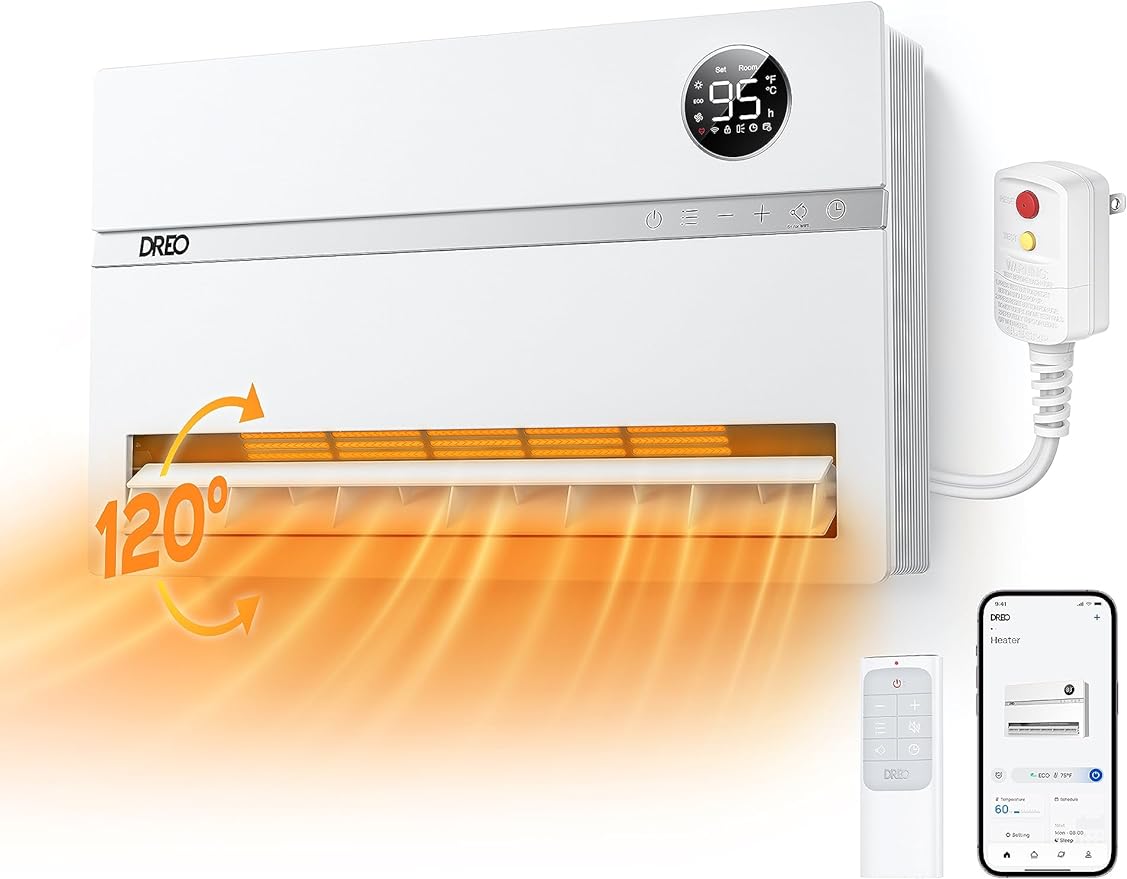
|
Dreo Wall Heater for Bathroom, Smart Space Heaters |
ALCI Plug, 1500W, 120° Vertical Oscillation, Adjustable Thermostat, |
$149.99 |
|
Best Seller
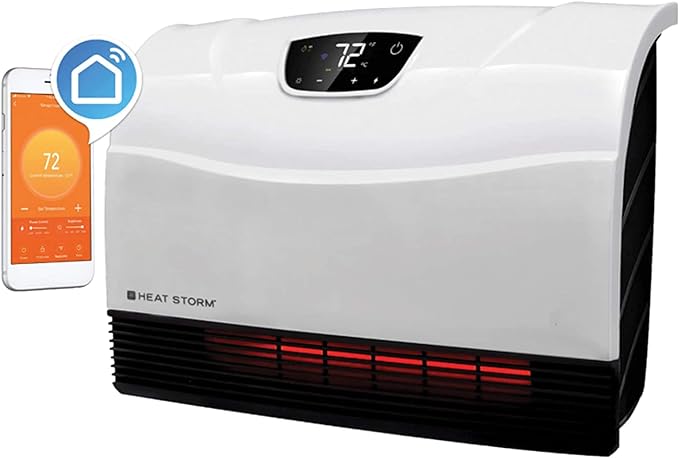
|
Heat Storm HS-1500-PHX-WIFI Infrared Heater, Wifi Wall Mounted |
Wi-Fi-enabled wall-mounted heater with touch screen and remote control. |
$104.57 |
|
Best Seller
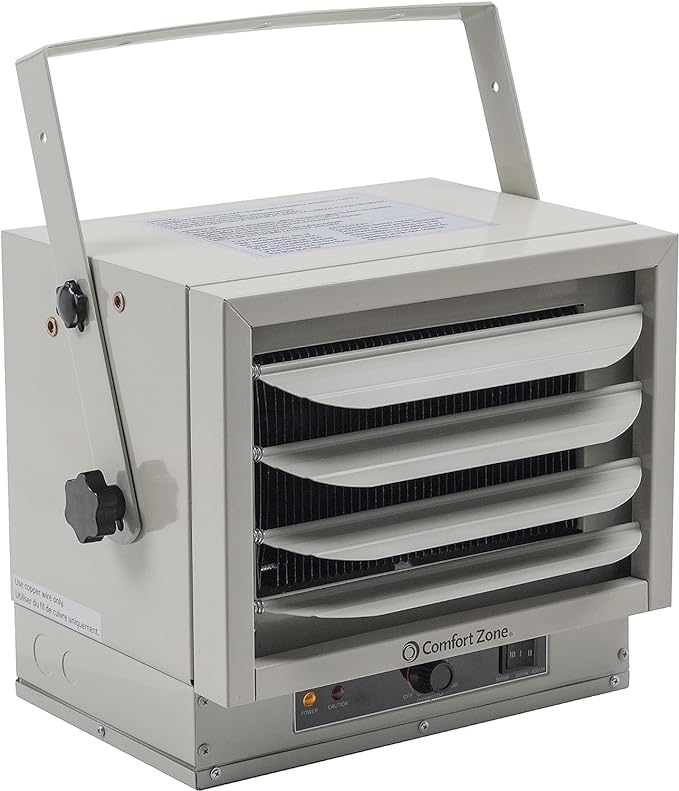
|
Hard-Wired Ceiling Mount Garage Electric Space Heater, |
Fan-Forced, 5,000 watt, 240 volt, Overheat Protection, Thermal Cut-Out Switch, |
$117.07
|
|
Best Seller
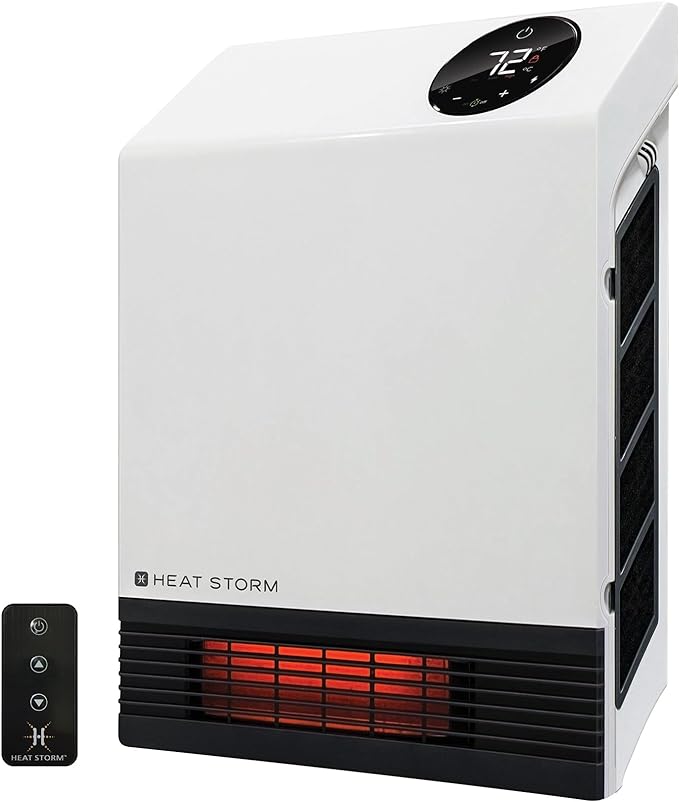
|
Heat Storm Deluxe Space 1000 Watt Infrared Wall Mount Electric Heater |
Efficient infrared heater with safe touch grill and adjustable thermostat. |
$93.87 |
|
Best Seller

|
DeLonghi Convection Panel Heater, Full Room Quiet 1500W, |
portable electric heater is freestanding/easily wall mounted. |
$169.95
|
Baseboard Heater Replacement Cost:
Although baseboard heating is still relatively common in the area, its inefficiencies and the development of more sophisticated and cost-effective baseboard heating systems will eventually result in higher operating expenses. Possibly needs to be taken out.
Electric skirting systems are incredibly cheap compared to equivalent convection oven systems. Prices for single rooms, including supplies and installation, start at $150 per room. On the other hand, convection oven systems are still for small to medium-sized houses and can cost up to $5000.
Alternatives For Replacing Baseboard Heaters:
You can replace the heater with hot water or a standard electric one. Both can be installed anywhere and are generally placed under windows or doors. They are both rather simple to install.
When Should The Baseboard Heater be Replaced And a New One Installed?
You should replace your baseboard heater if you discover that it consumes excessive energy or electricity and takes longer than usual to heat a room. Opening the baseboard and looking for rust and damage on the heating element will allow you to confirm this.
Second, replacing your system is worthwhile if it hasn’t changed in at least ten years. The operation is now more profitable because of the new model’s effective temperature management technology, which is especially useful when there are significant temperature swings.
For temperature management, some baseboard systems include a dehumidification system.
The Advantages of Hiring a Professional:
- The majority of baseboard heating systems are simple to use and don’t need any assistance from a technician or heating expert.
- However, if you are unsure and have some more cash, get in touch with his skilled HVAC specialist. Her knowledgeable HVAC professionals will look into the situation and assist with problem-solving.
- If you want to install a brand-new baseboard system from scratch after removing the convection oven system, get professional assistance. For this ordeal, I advise looking into wall repairs.
- If your pipes are leaking, they should be scraped clean or thrown away totally because they contain rust and mold.
- Technicians with certification may be charged. However, with practice, you’ll be able to decide on replacements and supplies with greater knowledge.
- In addition, these experts can more accurately find installations and leaks with specialized equipment, saving a lot of security and labor.
- Baseboard heating systems need maintenance and frequent inspections. Take care not to lose patience along the process.
How to Hire a Professional Technician to Get Rid of Baseboard Heaters:
It’s a good idea to look into some of the fundamentals that HVAC professionals should be aware of once you’ve decided to engage a technical expert or professional to assist you with removing your baseboard heater. Don’t take this sophisticated heating system lightly because it immediately impacts your health and safety.
Search for a License or Certification: Ask potential HVAC contractors to show you their license or certification before hiring them to work on your equipment. A technician must have two to five years of experience working on HVAC systems in some states.
This is crucial because it indicates the contractor’s expertise and knowledge of some of the trickiest elements of the baseboard heater ecology, including combustion, wiring, and airflow through pipes and ducts. This knowledge is crucial since it can stop accidents like carbon monoxide poisoning, which can be fatal or at least deadly.
Pose queries: It makes sense to call her HVAC technician first because he is the fastest available if the baseboard heating system breaks down on a cold day; however if you have a big upgrade. B. The best course of action must be carefully considered before throwing out an entire baseboard heating system.
Check Referrals: Professional services need at least a sizable number of happy and new clients. Ask the service provider if you have questions or are new to this service. Obtain quotes: Obtaining at least three to four written quotes from several businesses or service providers is advised because the procedure can be challenging and require numerous installations, replacements, and repairs.
Project costs—which might differ widely from firm to company—are the most crucial factor. To make the optimal decision, you should consider your project’s overall scope, specifics, and completion date, depending on how challenging it is.
Installing a system: Look into the company’s experience in pertinent fields based on your budget and your baseboard heating system’s complexity.
Contracts and terms of payment: Contracts and payment conditions may change when using cutting-edge technology and sophisticated processes. Although it could be slightly more expensive than a straightforward one-time installation contract, a service contract with long-term maintenance and a guarantee offers additional peace of mind.
We urge you to calculate the cost of what you are purchasing so that you may make an informed choice.
Payment terms should also be considered if the job involves a lot of talent and effort. Some businesses provide long-term payment plans that let you make a down payment and control the remaining monthly costs. If you choose to finance through an HVAC business, read the fine print to understand what you will be charged.
Also check: Best Alternatives to Baseboard Heaters 2022.
Final Thoughts:
It’s not a great effort to remove the baseboard heating system, replace it with a new one, and alter the present one. You can do it at home if you feel competent enough to do so. A smart investment that can result in cheaper utility costs, a more comfortable living, and a calmer atmosphere at home is replacing your outdated skirting board.
Contact K2 Heating and Air Conditioning for information on rates, payment terms, contracts, methodology, and project scope for choosing and installing your new baseboard heating system. A more informed choice can be made regarding installing a new baseboard system or removing it entirely once all design and final decisions have been made.
FAQs
Are Baseboard Heaters Detachable?
A common method for heating a house is with baseboard heaters. If you have them, think about relocating them or getting rid of them completely. Due to their low cost and simplicity of installation, they were a mainstay of an earlier building and are still in use today. Baseboard heaters are movable and can be taken out.
Are Baseboard Heaters Energy-Intensive?
It is possible to “zone heat,” which enables more precise control of the temperature in each room. They also don’t require channels. Compared to homes with heat pumps or other HVAC systems, homes with underfloor heating have significantly higher utility expenses.
How Long Do Baseboard Heaters Last?
Before it wears down and fails, a conventional baseboard heater normally serves its owner for 15 to 25 years. Thermostat settings, average outdoor temperature, and Quality are a few variables that affect life expectancy specifically. Homes with numerous heating systems tend to survive longer.
What Is A Baseboard Heater’s Superior Efficiency?
Fast-heating rooms are the perfect fit for wall heaters. While baseboards only rely on natural convection mechanisms to distribute air across the room, fans also assist in this process. Although wall heaters consume less energy overall than electric heaters due to their quicker heating times, electric heaters are 100% efficient.
Can Baseboard Heaters Cause Carbon Monoxide Poisoning?
Since electric stoves do not burn fuel and do not include any processes that would result in carbon monoxide production, they cannot be the source of the problem. Portable models are the most likely gas stoves to leak carbon monoxide (CO) when they break down.

